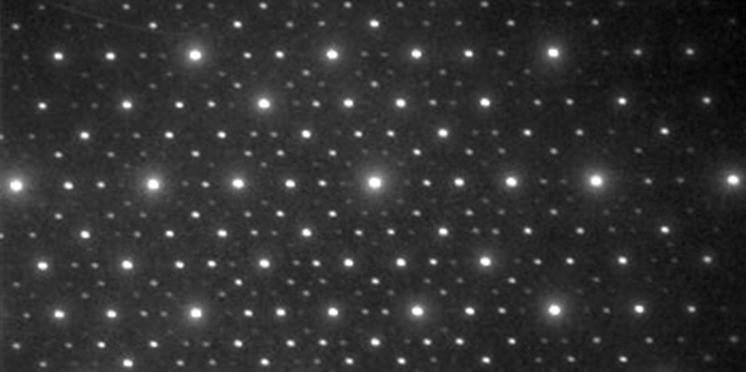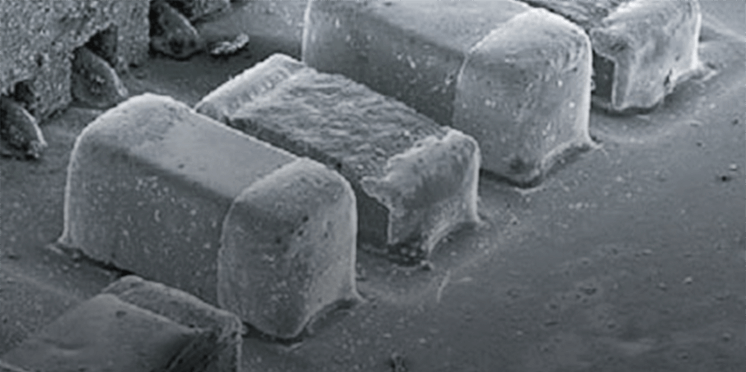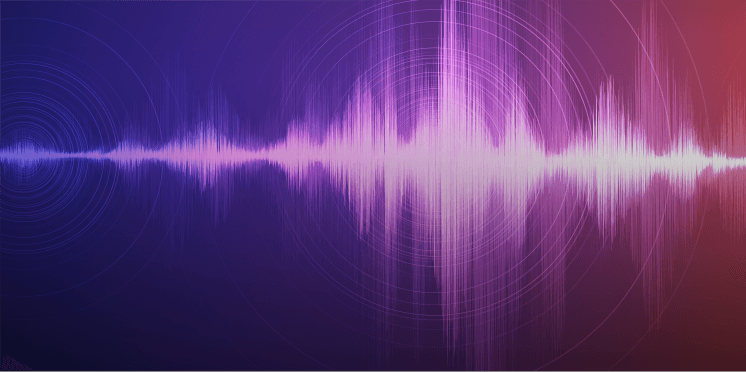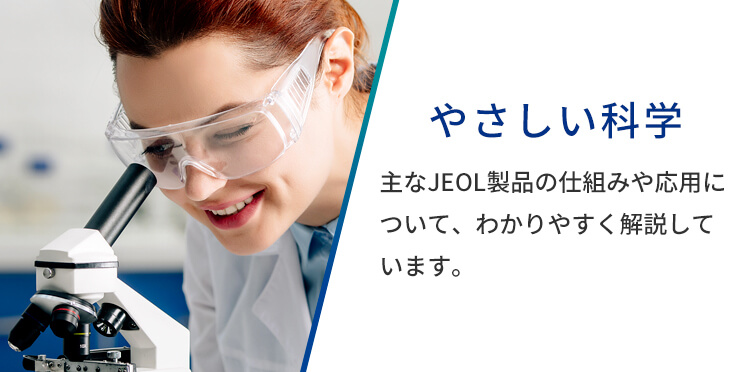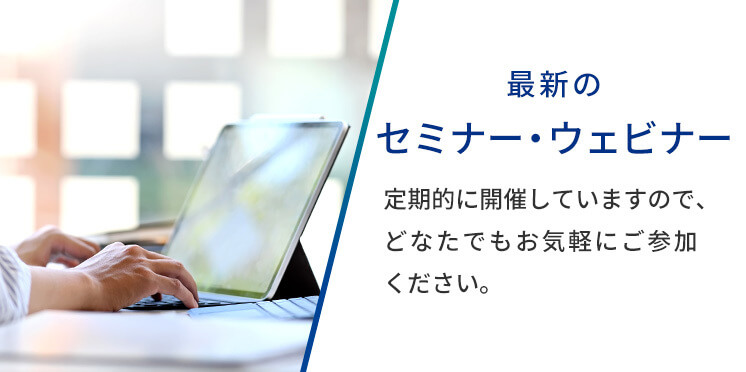信頼度因子
信頼度因子
Reliability factor, R-factor
[目次:理論(電子の散乱/回折/結像)]
X線構造解析および電子線構造解析において、構造解析の結果から得られた構造の信頼度を表す指標の一つ。実測した回折パターンから求められた結晶構造因子をFobs (hkl)、仮定した構造モデルから計算した結晶構造因子をFcal (hkl)としたとき、信頼度因子(R-factor)は以下のように定義される。
⇒式
ここで、(hkl)はブラッグ反射の指数 (ミラー指数) であり、右辺の総和は実測された全ての反射について取る。
構造解析では、R-factorを最小になるように、結晶構造、すなわち構造モデルのパラメーター(対称性、格子定数、原子座標など)、が決定される。実測で求められた構造因子と決定された構造から計算した構造因子が完全に一致した場合にはR-factorはゼロとなる。実験値をもっとも良く再現する構造が得られたときの信頼度因子の値は、X線構造解析では0.05程度、電子線構造解析では0.2程度である。
In structure analysis using an X-ray beam or an electron beam, Reliability factor (R-factor) is an index that expresses the degree of reliability for the structure obtained from an experimental structure analysis result. When the crystal structure factor obtained from an experimental diffraction pattern is expressed as Fobs (hkl), and the crystal structure factor calculated from the assumed structure model is expressed as Fcal (hkl), the R-factor is defined by the following equation.

Here, (hkl) is an index of Bragg reflection (Mirror index) and the sum of the right side of the equation is taken for all of the experimentally measured reflections.
In the structure analysis, so as to minimize the R-factor, the parameters (symmetry, lattice constant, atomic coordinate, etc.) of the crystal structure (structure model) are determined. When the experimentally-obtained crystal structure factor coincides fully with the crystal structure factor calculated from the determined structure, the R-factor becomes 0 (zero). When the crystal structure which provides the highest reproducibility of the experimental value is obtained, the value of the R-factor is about 0.05 for X-ray crystallography and is about 0.2 for electron crystallography.
関連用語から探す
説明に「信頼度因子」が含まれている用語

